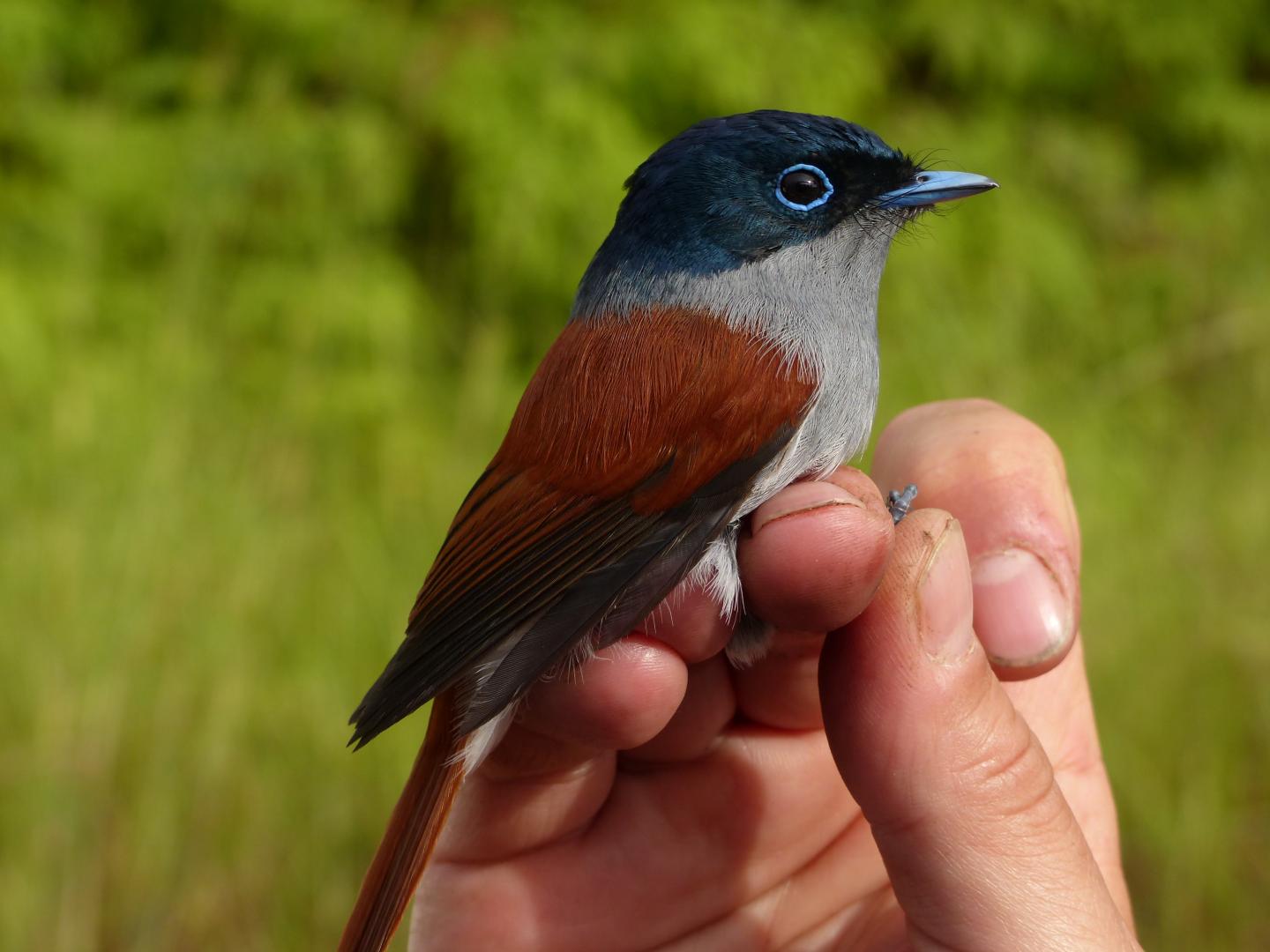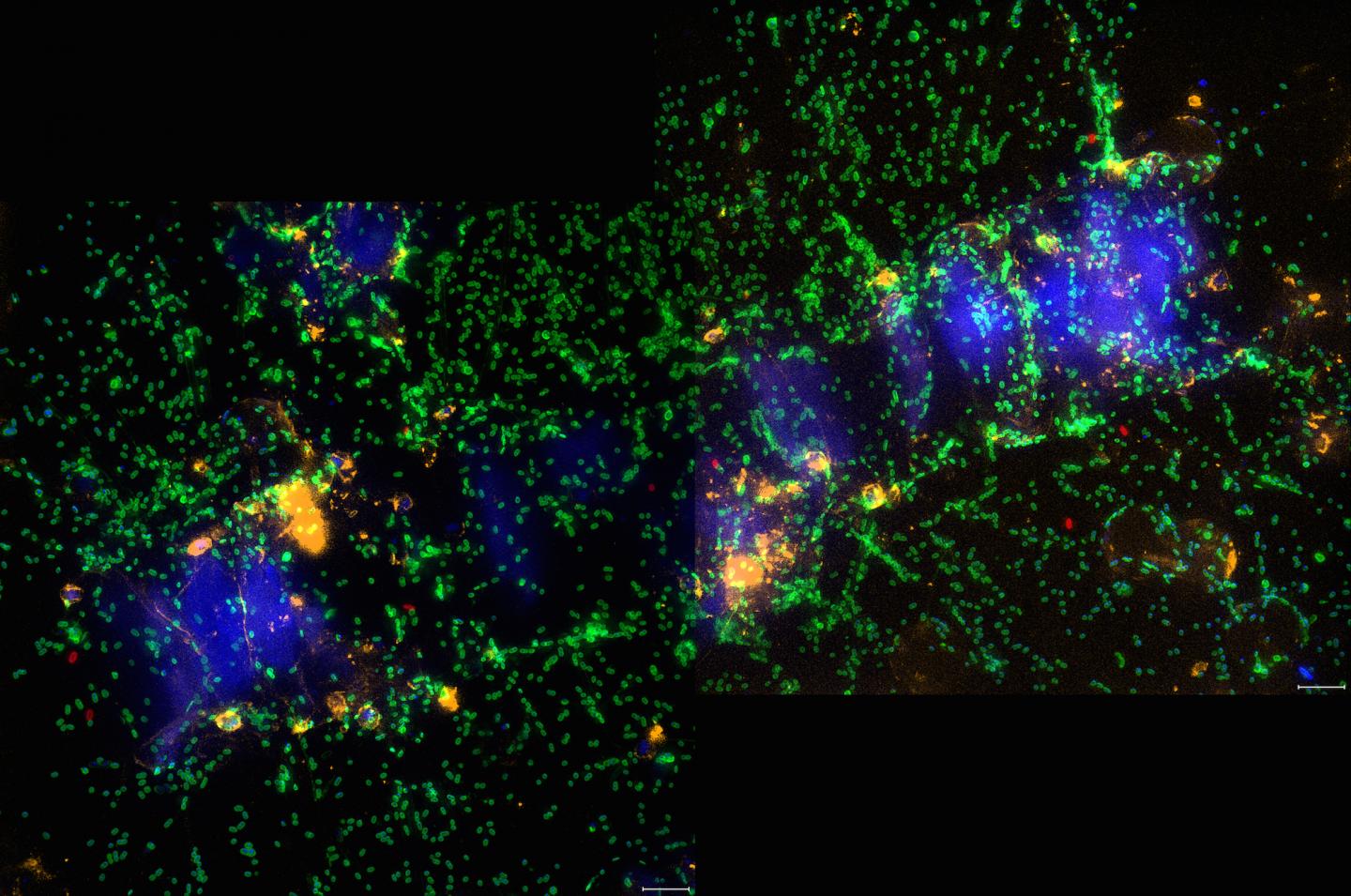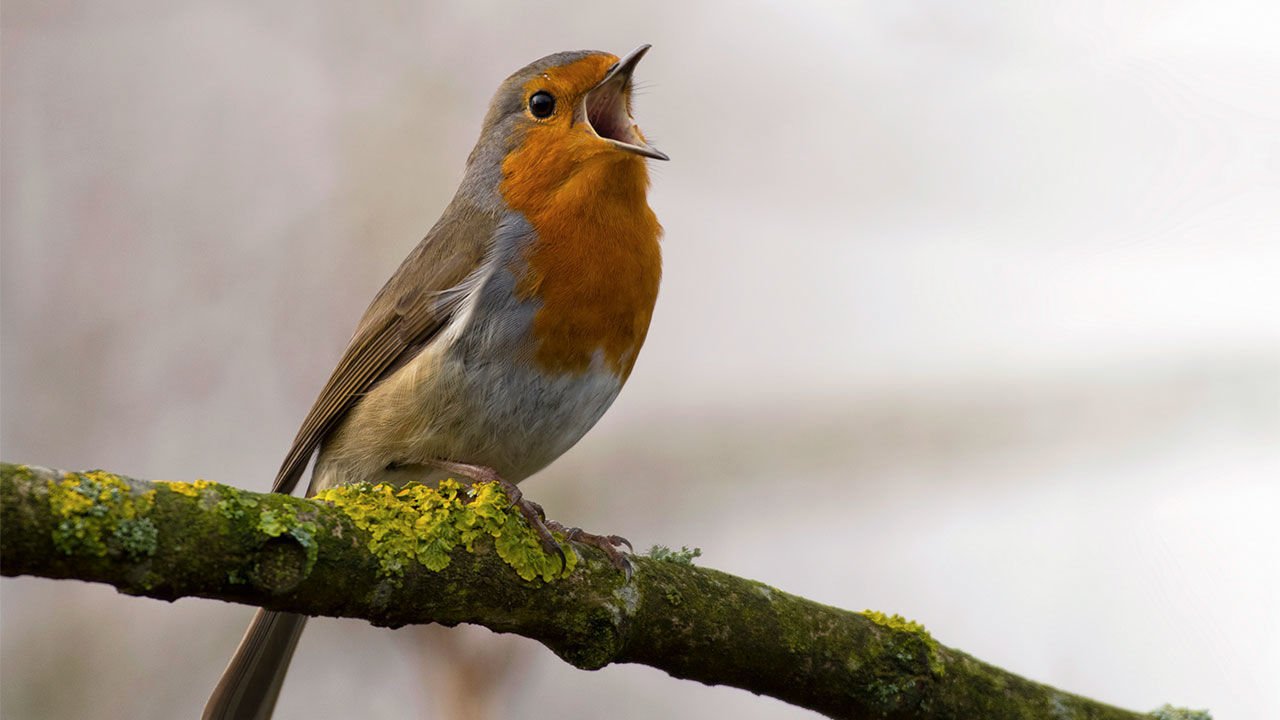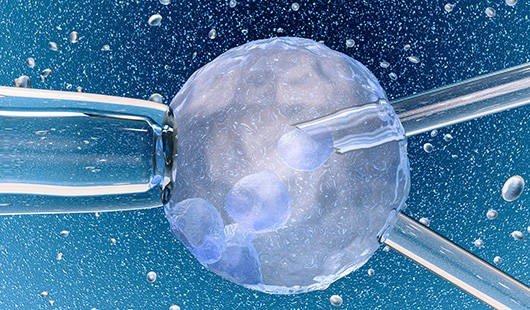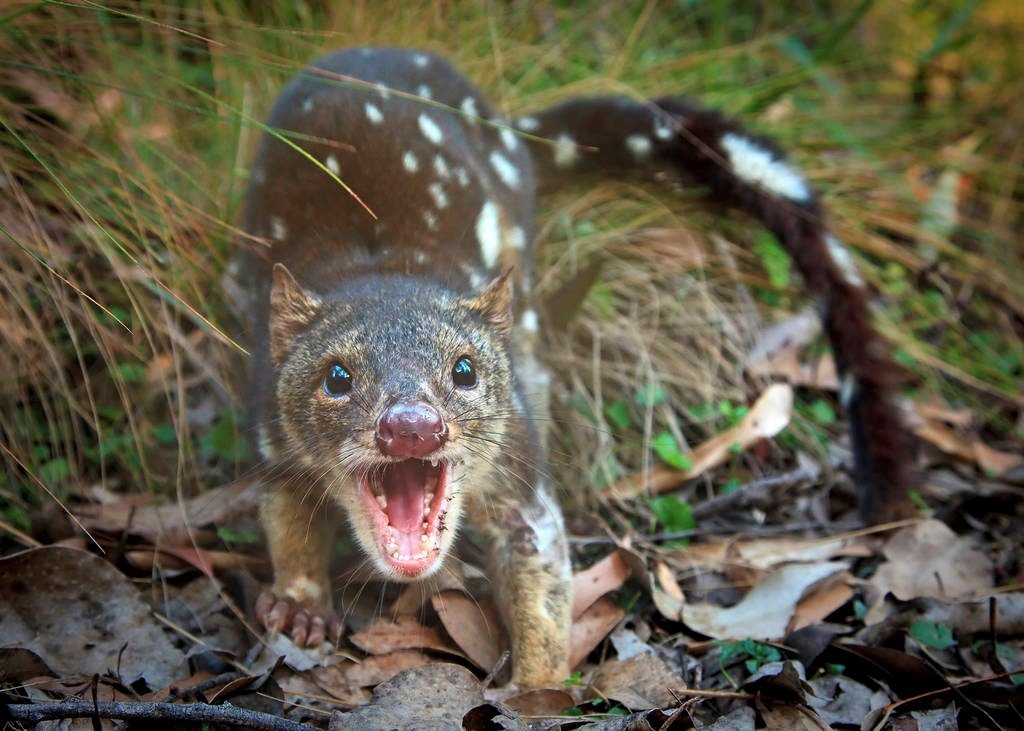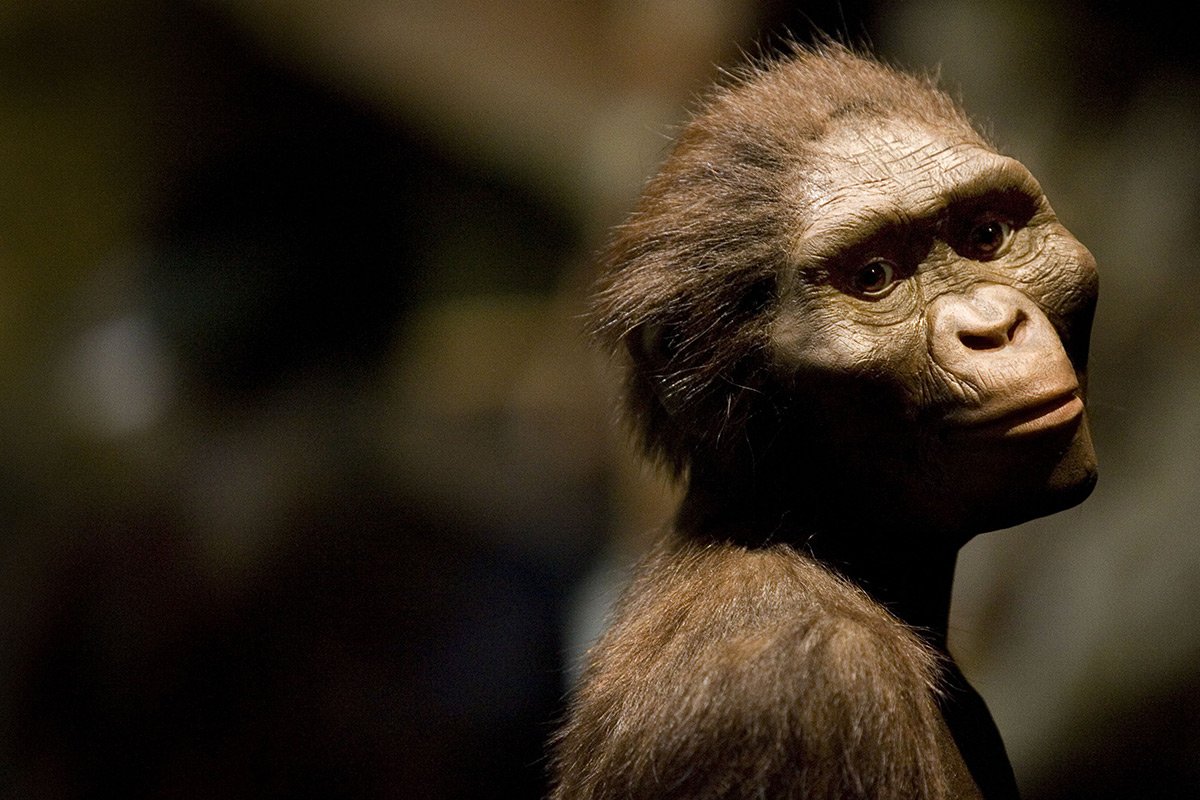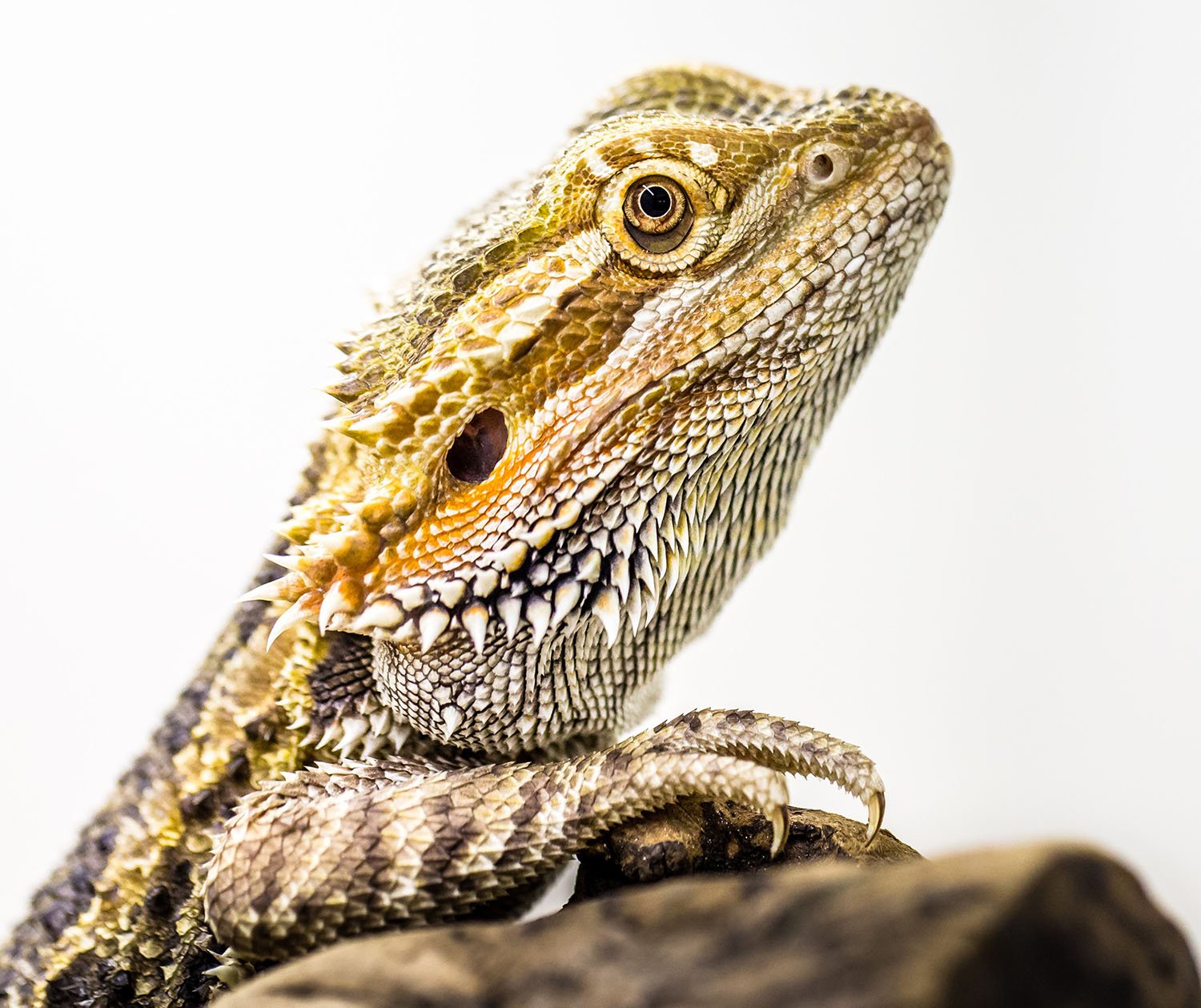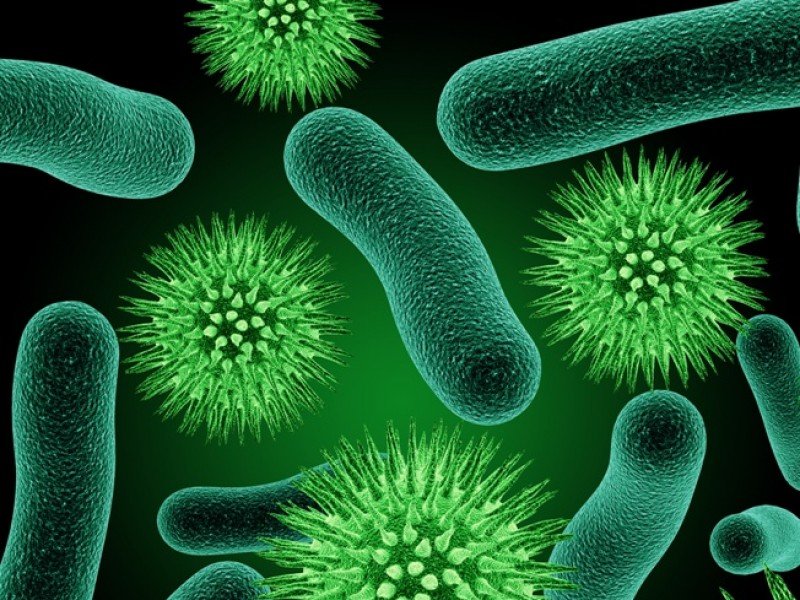Global relationships that determine bird diversity on islands uncovered
The study, a collection of molecular data from bird species found across 41 oceanic archipelagos, reveals how the area and isolation of islands are key to determining the diversity of species they contain. It is known that biodiversity is unevenly distributed across the planet. But why do some islands such as the Galápagos and Hawaii … Read more
